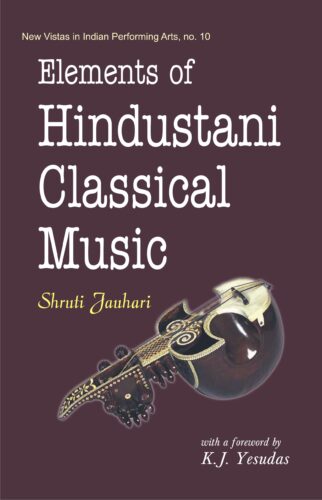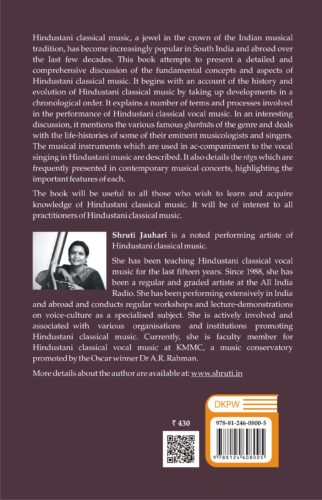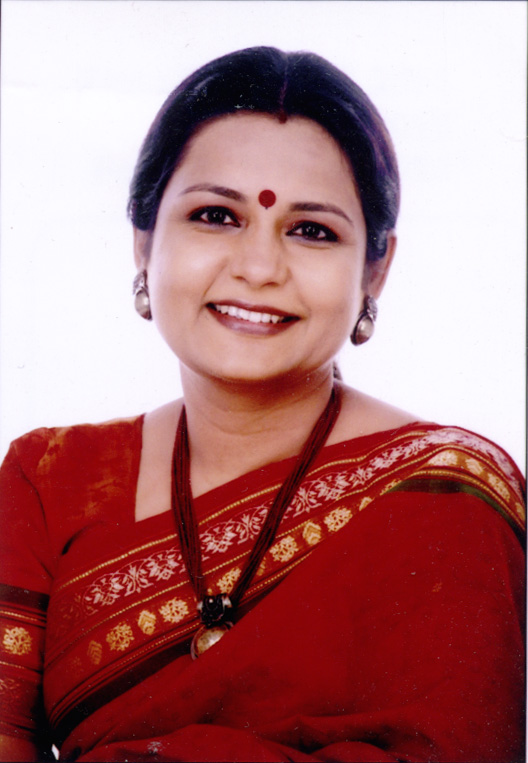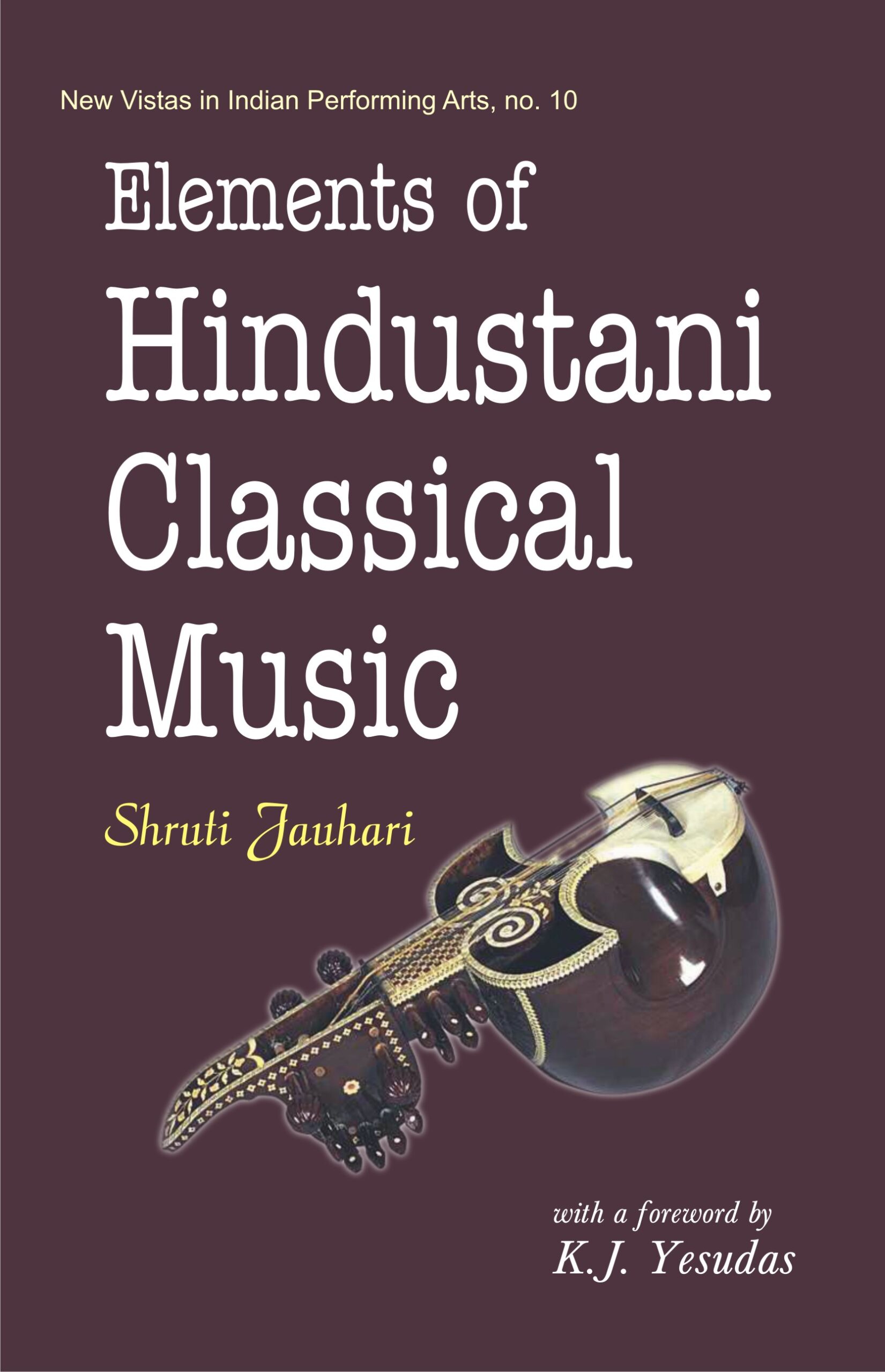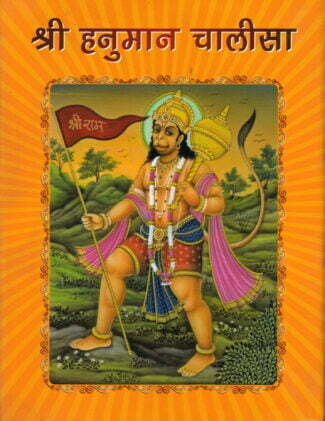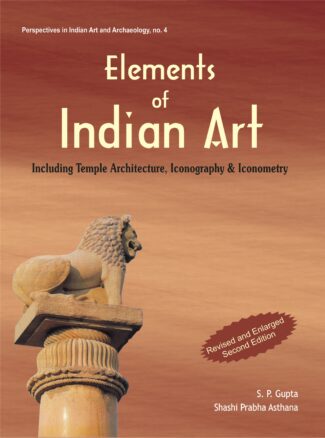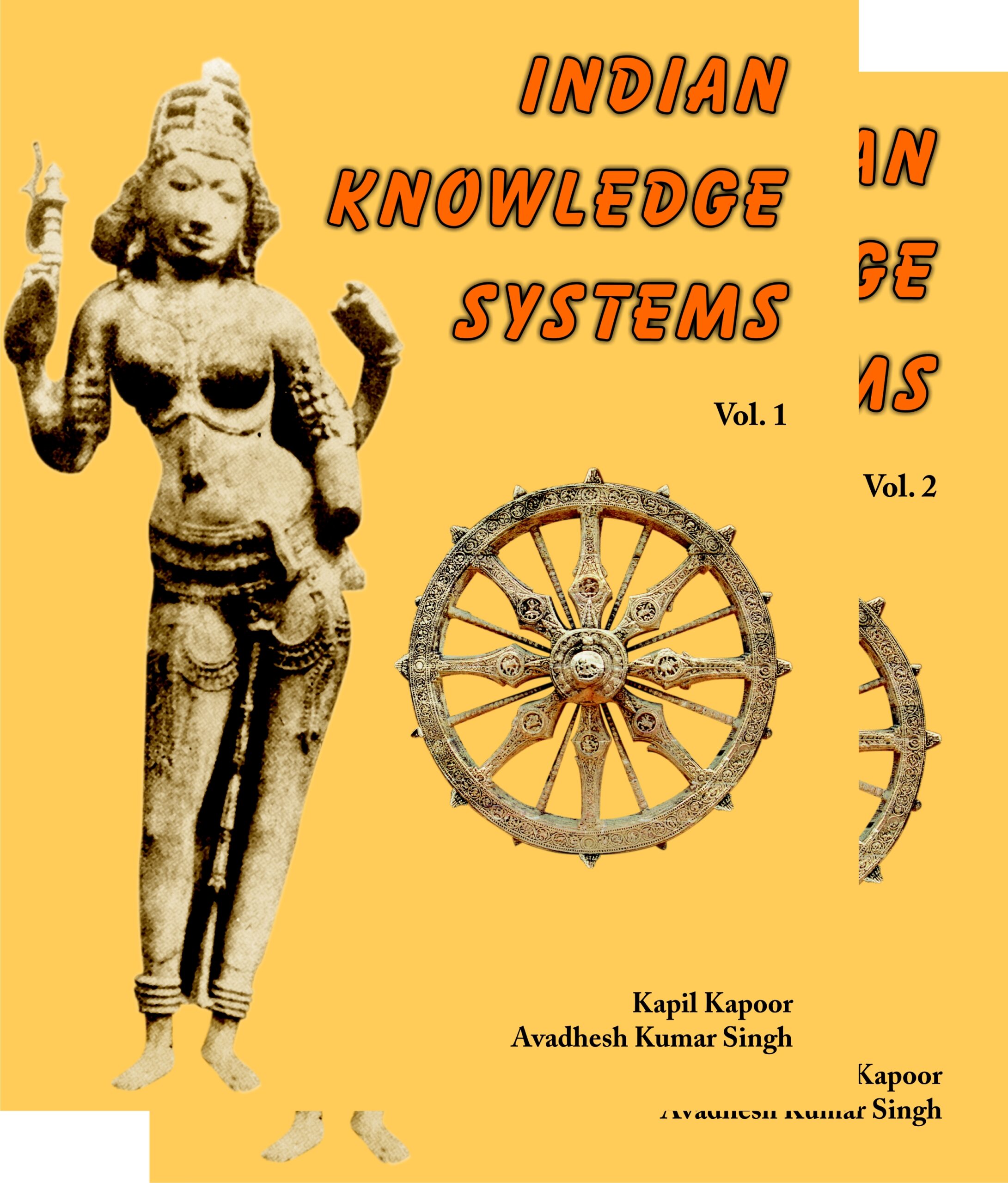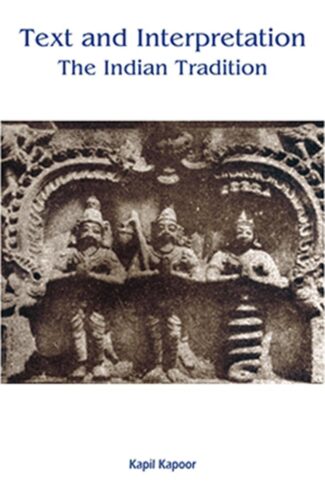

Elements of Hindusta...
Elements of Hindustani Classical Music (PB)
by: Shruti JauhariThe book describes the history and evolution of Hindustani classical music, and terms and processes related with its performance. The musical instruments used in vocal singing, rags frequently presented in classical musical concerts, and famous gharana musicians have also been discussed. Very useful for the beginners of Hindustani Music.
Original price was: ₹430.00.₹387.00Current price is: ₹387.00.
ISBN: 9788124608005
Year Of Publication: 2015
Edition: 2nd revised edition
Pages : xxv, 190
Bibliographic Details : Glossary; Bibliography; Index
Language : English
Binding : Paperback
Publisher: D.K. Printworld Pvt. Ltd.
Foreword By : K.J. Yesudas
Size: 23
Weight: 300
Hindustani classical music, a jewel in the crown of the Indian musical tradition, has become increasingly popular in South India and abroad over the last few decades. This book attempts to present a detailed and comprehensive discussion of the fundamental concepts and aspects of Hindustani classical music. It begins with an account of the history and evolution of Hindustani classical music by taking up developments in a chronological order. It explains a number of terms and processes involved in the performance of Hindustani classical vocal music. In an interesting discussion, it mentions the various famous gharanas of the genre and deals with the life-histories of some of their eminent musicologists and singers. The musical instruments which are used in accompaniment to the vocal singing in Hindustani music are described. It also details the rags which are frequently presented in contemporary musical concerts, highlighting the important features of each.
The book will be useful to all those who wish to learn and acquire knowledge of Hindustani classical music. It will be of interest to all practitioners of Hindustani classical music.
Foreword — K.J. Yesudas
Preface
About Pronunciation of Hindi Words
1. A BRIEF HISTORY OF HINDUSTANI MUSIC
1.1 The Origin of Indian Music
1.2 The Ancient Period (2500-1500 bce)
1.3 The Vedic Period (1500-500 bce)
1.4 Music in Ramayan and Mahabharat (500-300 bce)
1.5 The Period 300 bce – ce 300
1.6 The Gupta Period (ce 300-600)
1.7 The Period ce 600-1200: Deshi Music
1.8 The Khilji Period (ce 1290-1320)
1.9 The Tughlaq Period (ce 1320-1400)
1.10 The Lodhi Period (ce 1450-1525)
1.11 The Mughal Period (ce 1525-1740)
1.12 The Decline of Mughal Dynasty
1.13 The British Period
1.14 Music in Modern India (ce 1900 onwards)
2. SVAR, RAG AND TAL
2.1 Sound: Its Production and Propagation
2.2 Characteristics of a Sound Wave
2.3 Characteristics of Sound
2.4 Anahat and Ahat nad
2.5 Shruti and Svar
2.6 The Musical Scale (Svar Saptak)
2.7 Mandra, Madhya and Tar Saptak
2.8 Notations
2.9 Aroh and Avaroh
2.10 That
2.11 Varna
2.12 Alamkars
2.13 Rag
2.14 Rag and Time
2.15 Tal, Matra and Laya
2.16 Description of Some Tals
2.17 Madhya, Vilambit and Drut Laya
2.18 Some More Information on Notation
3. THE SINGING PROCESS
3.1 Marg and Deshi Sangeet
3.2 Anibaddh and Nibaddh Gayan
3.3 Anibaddh Gayan
3.4 Nibaddh Gayan
3.5 Semi-classical Music
3.6 Light Music
3.7 Folk Music
3.8 Film Music
3.9 Some Important Musical Terms
4. GHARANAS OF MUSIC
4.1 Advantages and Disadvantages of Gharanas
4.2 Dhrupad and Vani
4.3 Delhi Gharana
4.4 Gwalior Gharana
4.5 Agra Gharana
4.6 Jaipur Gharana
4.7 Patiala or Punjab Gharana
4.8 Kirana Gharana
4.9 Present Status of Gharanas
5. SOME EMINENT MUSICOLOGISTS AND SINGERS OF HINDUSTANI
CLASSICAL MUSIC
5.1 Bharat
5.2 Matanga
5.3 Narad
5.4 Jaidev
5.5 Sharangdev
5.6 Swami Haridas
5.7 Tansen
5.8 Gopal Nayak
5.9 Amir Khusro
5.10 Sadarang and Adarang
5.11 Haddu Khan
5.12 Hassu Khan
5.13 Faiaz Khan
5.14 Bade Ghulam Ali Khan
5.15 Amir Khan
5.16 Abdul Karim Khan
5.17 Kumar Gandharva
5.18 Vishnu Narayan Bhatkhande
5.19 Vishnu Digamber Paluskar
5.20 Omkarnath Thakur
6. SOME MUSICAL INSTRUMENTS
6.1 Classification of Indian Musical Instruments
6.2 Tat Vadya
6.3 Avanaddh Vadya
6.4 Sushir Vadya
6.5 Ghan Vadya
6.6 Vina
6.7 Tanpura or Tambura
6.8 Svar-Mandal
6.9 Sitar
6.10 Santur
6.11 Sarod
6.12 Violin
6.13 Sarangi
6.14 Israj
6.15 Pakhavaj
6.16 Tabla
6.17 Vanshi
6.18 Shahnai
6.19 Ghan Vadya: Bell, Ghanta-tarang, Kashth-tarang, Nal-tarang, Jal-tarang
7. DESCRIPTION OF CERTAIN FAMOUS RAGS
7.1 Abhogi
7.2 Ahir Bhairav
7.3 Bageshwari
7.4 Bhairavi
7.5 Bhimpalasi
7.6 Bhupali
7.7 Bihag
7.8 Brandavani Sarang
7.9 Desha
7.10 Gujari Todi
7.11 Kedar
7.12 Lalit
7.13 Madhumad Sarang
7.14 Madhuvanti
7.15 Malkauns
7.16 Marwa
7.17 Meghmalhar
7.18 Multani
7.19 Pahari
7.20 Pilu
7.21 Puriadhanashri
7.22 Rageshwari
7.23 Shuddh Kalyan
7.24 Tilak-Kamod
7.25 Yaman
7.26 The Importance of Svar-vistar
7.27 The Modification of Rags
Glossary
Bibliography
Index of Names
Index of Books
Index of Tals
Index of Rags
Index of Subjects


